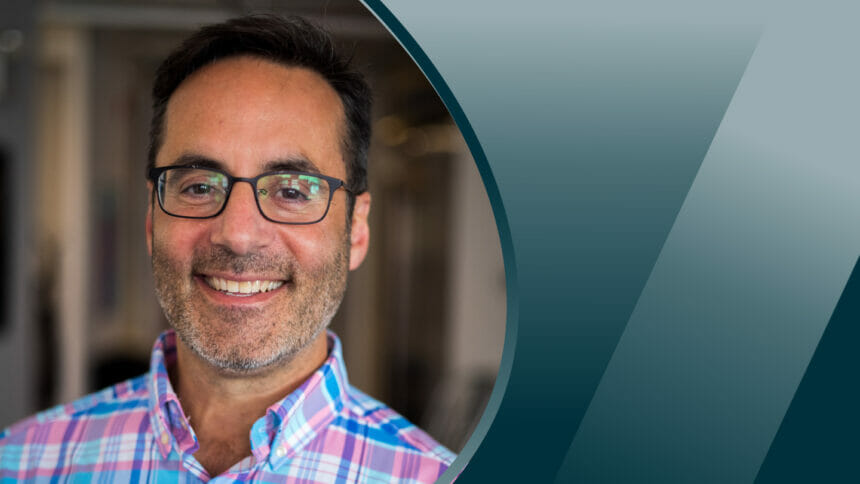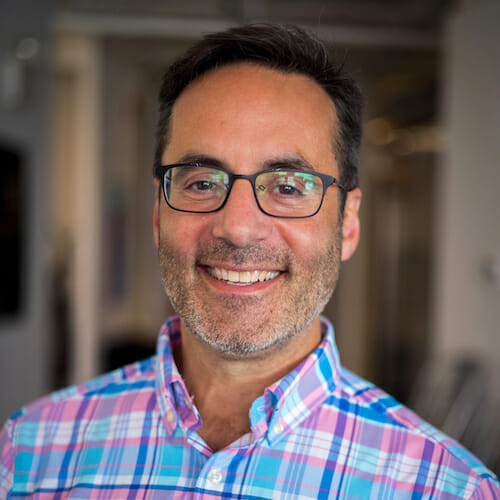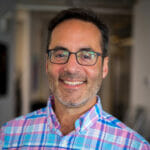

We’re not going back. To the way things were. To the office. To one set of 9 am – 5 pm, 40 hours in the office, expectations. To one style of work plan for all kinds of workers.
The pandemic coincided with the maturity of a set of technologies — video conferencing, ubiquitous Wi-Fi, lightning-fast internet, messaging and project management apps, to name just a few — that have made hybrid and remote work a fundamental and lasting change.
This change, however, isn’t affecting all workers equally. In fact, it has opened up a new class divide, those who can work remote and those who can’t, because their work requires hands on or face-to-face interactions.
This emerging tension puts pressure on employers of caregivers, managers and all the people around them who make care sites work.
It also adds to the dissatisfaction of healthcare and other onsite workers who feel they are missing out on what may be a less-stressful, more balanced lifestyle.
Meanwhile, management and leadership must navigate an environment of increasing and novel complexity, developing policies for a hybrid work environment that are responsive, competitive and also perceived to be fair.
Still, the biggest issue is the competitive environment. Nearly 40% of workers would sooner quit than come into the office even one day a week. The switch to hybrid work has put a new kind of pressure on employers that appropriately require on-site work.
Burnout in caregiving roles is a factor, an issue exacerbated by a lack of talent in the field. The lure of remote work we’re facing now doesn’t make it easier for senior living and caregiving facilities that need employees now more than ever.
How can managers running facilities who don’t have a choice about remote work compete? What makes on-site work desirable? It’s, in part, about balance, flexibility and creating work that’s worth committing to.
The need for employees that is now surfacing from the pandemic isn’t just about remote work. It’s about two desirables: work freedom, and work with a purpose.
Ask yourself this: Are any of your employees parents? Do some wish they had the time to work a side hustle in areas such as content creation, crafting, nonprofit work and so on that could, in fact, eventually come to help your senior living community? Or, do the people who work for you just wish they could work slightly out of the good ol’ 9 am – 5 pm?
The pandemic taught employees something: that time is valuable. Knowing your employees’ needs outside of work — whether that be spending more time with their kids, working a side hustle, or them just wanting some time back — is key here.
The agency I founded is very fortunate to be able to allow our employees to work from anywhere in the world. Yet we found that us allowing them this privilege isn’t really about getting to work on the couch. It’s about having more family time or being able to run a nonprofit in their neighborhood or creating their own Etsy shop on the side. It’s about flexibility. It’s about freedom.
And, of course, it’s about purpose. Our agency only works with companies that also want to make positive changes that improve people’s lives for the better. That’s what attracts talent to us and not the other guy.
In a similar way, it’s what makes people want to be caregivers. There’s still a demand for jobs that help people. Leveraging that purpose will be huge when competing in the remote and hybrid work world.
It’s also about business, including good business measures such as growth and profit. The DiGO/Market Theory AI Positivity Index represents years of extensive analysis of macroeconomic data and many thousands of survey responses that all add up to show this: companies that people think are good for their behavioral and mental health are rewarded in the market place. Having a high Positivity Score means it costs less to grow market share. Having policies that help your employees live more balanced lives with more of a sense of hope and agency actually can pay the business back in market share and growth.
Our world isn’t what it once was. We can’t pretend it’ll go back that way. And I’m not saying it’s as easy as more flex time and talking about purpose. Caregivers, however, and especially in senior living communities, are a critical part of our functioning society. Caregivers are some of the most important workers out there, and they are the most deserving to have a little work freedom. They need to know that, and we need to show them.
Mark DiMassimo is the founder and creative chief of DiGo (DiMassimo Goldstein), the industry-leading agency in positive behavior change marketing, which he founded in 1996 in New York City. DiGo has appeared on Inc’s list of America’s fastest-growing private companies four times and has been named an Adweek Gold Best Agency.


